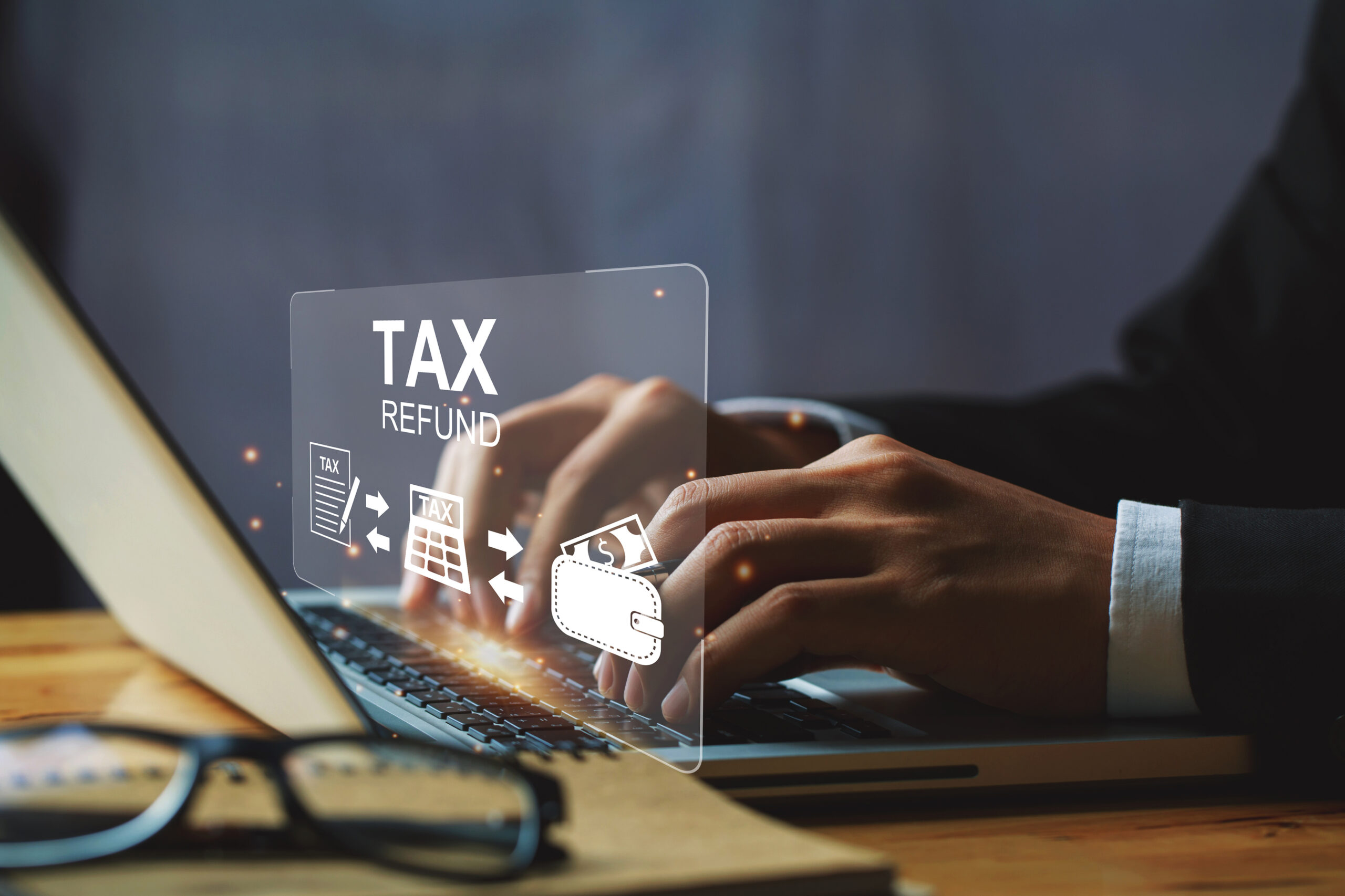What’s Happening?
A major change is coming to how the federal government sends and receives money. On March 25, 2025, President Trump signed an executive order requiring all federal payments—including tax refunds, Social Security, business contracts, and IRS payments—to be made electronically. Paper checks and money orders will be phased out to make payments faster, safer, and more efficient.
Key Dates to Know
- March 25, 2025: Executive order signed.
- June 2025: Federal agencies submit plans to switch to electronic payments.
- September 30, 2025: All federal payments and receipts, including IRS payments, must be electronic.
What Does This Mean for You?
For Individuals:
- No more paper refund checks. Tax refunds and benefits will be sent by direct deposit, prepaid card, or digital wallet.
- Faster, more secure payments.
- If you don’t have a bank account or can’t use electronic payments, special options will be available in limited cases.
For Businesses:
- All federal payments, including contracts and vendor payments, will be made electronically.
- All payments to the government (taxes, fees, fines) must be made electronically, with rare exceptions.
IRS Payments: What’s Changing?
- No More Paper Checks or Money Orders: After September 30, 2025, the IRS will no longer accept paper checks or money orders for estimated tax payments, balances due, or any other tax-related payments, unless you qualify for a specific exception.
- Who Is Affected? All individual and business taxpayers making any type of IRS payment, including estimated taxes and balances due.
How Will You Pay the IRS?
You’ll need to use one of these electronic options:
- Direct Bank Transfer (Direct Pay): Pay directly from your checking or savings account at no cost.
- Electronic Funds Withdrawal (EFW): Authorize a withdrawal when e-filing your tax return or extension.
- Debit or Credit Card: Pay online or by phone using an IRS-approved processor (may include a service fee).
- Digital Wallets and Real-Time Payment Systems: Use platforms like PayPal, Apple Pay, or Google Pay as supported by the IRS.
- Electronic Federal Tax Payment System (EFTPS): Schedule payments online or by phone after enrolling at EFTPS.gov.
- Prepaid Card Accounts: For those without traditional bank accounts, certain prepaid debit cards will be accepted.
- IRS2Go Mobile App: Make payments and manage your IRS account from your mobile device.
What If You Don’t Have a Bank Account or Digital Access?
- The Treasury will provide limited exceptions for individuals without access to banking or electronic payment systems, or in certain emergency or hardship situations. These exceptions will be rare and subject to strict criteria, with further guidance to come.
- Taxpayers who qualify for an exception will be offered alternative payment options.
What Should You Do Now?
- Update your payment info with the IRS and other agencies.
- Open a bank account or get a prepaid card if you don’t have one.
- Enroll in electronic payment systems like IRS Direct Pay, EFTPS, or set up an IRS Online Account.
- Update your tax software to ensure it supports electronic payments.
- Monitor IRS and Treasury communications for updates and guidance.
Security and Privacy
All electronic payment systems will use advanced encryption and security protocols to protect your personal and financial information.
Frequently Asked Questions
- Can I still pay my taxes by check after September 30, 2025?
No, unless you qualify for a specific exception, all IRS payments must be made electronically. - What if I don’t have a bank account?
The Treasury will provide alternative options, such as prepaid debit cards, and will issue further guidance on exceptions. - Will I be able to pay at a retail partner in cash?
The IRS may continue to support cash payments at authorized retail partners, but these will be processed electronically. - How do I make estimated tax payments electronically?
Use IRS Direct Pay, EFTPS, or your IRS Online Account to schedule and make payments. - Will this affect my ability to receive a tax refund?
Yes, tax refunds will also be issued electronically unless you qualify for an exception.
Take Action Now
Start using electronic payment methods for all IRS and federal payments to ensure a smooth transition before the September 30, 2025 deadline. If you have questions or need help setting up electronic payments, contact our office or visit IRS.gov/Payments for step-by-step guidance.




